Cosmic Origins
About
The Cosmic Origins Program encompasses transformative observatories that together have defined our view of the cosmos. From the iconic Hubble Space Telescope to the groundbreaking James Webb Space Telescope, and the upcoming Nancy Grace Roman Space Telescope, these facilities help us in our search for answers to the biggest questions about our universe and its origins.
The Cosmic Origins Program Office conducts strategic planning and early mission initiatives, coordinates the science community in support of NASA goals, and supports the development of new technologies for astrophysics. This Program Office works in concert with its counterparts, Physics of the Cosmos and Exoplanet Exploration. These Program Offices operate under the direction of NASA Headquarters, but they are managed at NASA centers. Cosmic Origins and Physics of the Cosmos are located at Goddard Space Flight Center, and Exoplanet Exploration is located at the Jet Propulsion Laboratory.
How did we get here?
Answering this question is the key goal of the Cosmic Origins Program and one of the overarching goals of NASA Astrophysics.
The essential conditions that make our lives possible can be found only by studying the planets, stars and galaxies. The origin of the atoms in our bodies and all the matter around us extends beyond the solar system to other galaxies. Our cosmic origins even encompasses exotic phenomena such as neutron stars and black holes. Fully understanding our cosmic origins goes beyond the scope of any one branch of astrophysics. It demands integrating various disciplines, and exploring the connections between them.

Focused Topics
-
01
Formation and evolution of galaxies
The Earth and Sun reside in our galaxy, called the Milky Way, whose evolution has made the overarching background conditions for life on Earth to be possible. Galaxies have been evolving, interacting and sometimes colliding with each other over the history of the universe.
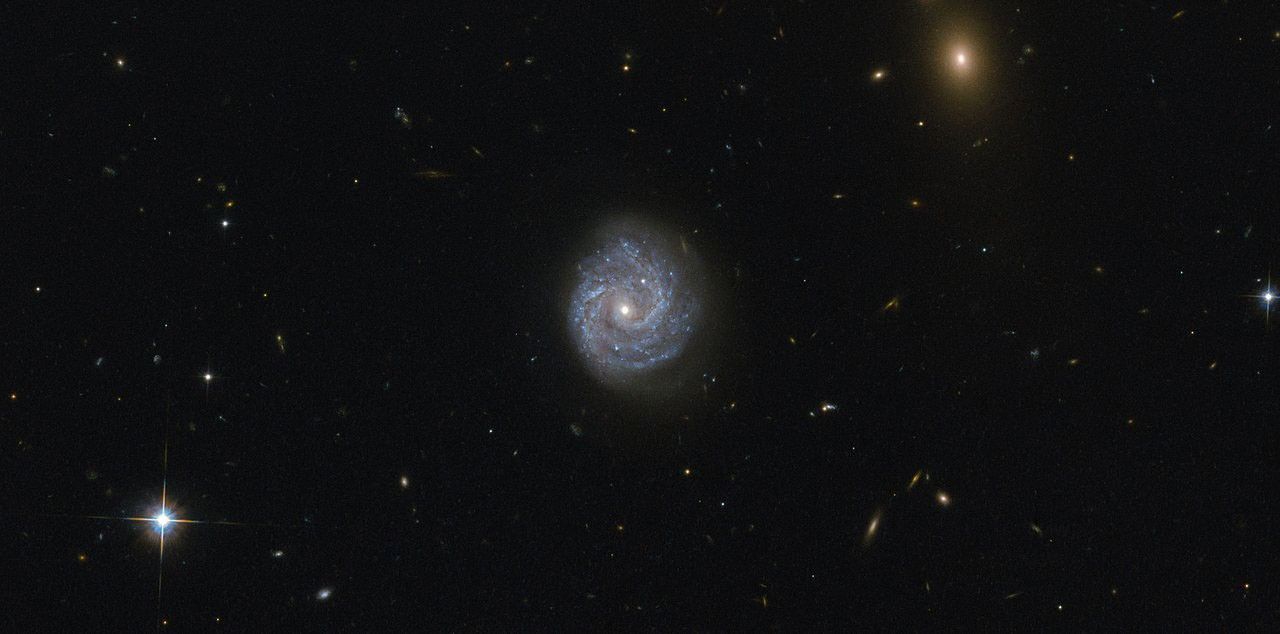
-
02
Active Galactic Nuclei
Active Galactic Nuclei (AGN) are the central engines that power the cores of galaxies. It is widely known that these AGN feature supermassive black holes at the centers of galaxies driving the accretion and multi-wavelength emission. This environment hosts a wide range of energetic processes that produce phenomena like relativistic jet emission and heavy element abundances. AGN influences the evolution of galaxies. The evolution of our own galaxy has created the background conditions in which the Sun and Earth have formed.
This animation provides a close-up look at the behavior of a central black hole in the nucleus of an active galaxy. An accretion disk of infalling material surrounds a central black hole that may be millions or billions of times the mass of our Sun. Some of the superheated material escapes along the black hole's rotation axis. Powerful magnetic fields keep the material confined to an extragalactic jet. Hubble Space Telescope spectroscopic observations of active galactic nuclei reveal how stellar material is blown back into intergalactic space. -
03
Cosmic ecosystems
Stars are the most visible components of galaxies; but galaxies include tenuous gas that exists between and extends far beyond them. Gas flows into and out of galaxies in a complex interrelationship, which constitutes the Cosmic ecosystem. This ecosystem of cycling gas contains many elements of the periodic table. Outflowing gas cools and may subsequently flow back into galaxies where it fuels the further formation of stars and planets such as the Sun and the Earth.
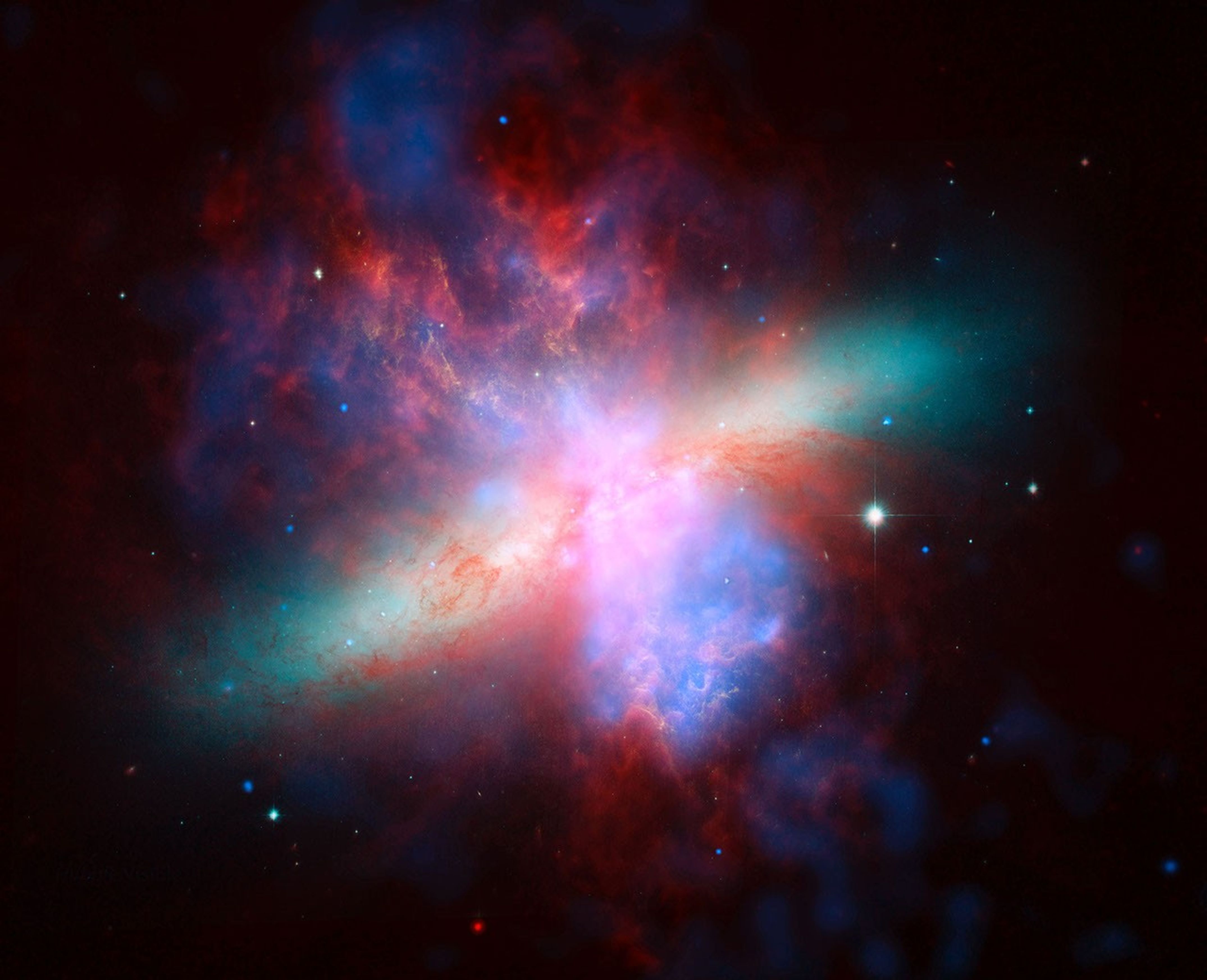 PIA08093NASA/JPL-Caltech/STScI/CXC/UofA/ESA/AURA/JHU
PIA08093NASA/JPL-Caltech/STScI/CXC/UofA/ESA/AURA/JHU -
04
Stellar lifecycles and the evolution of the elements
Stars evolve over time and as they do they seed the universe with different types of atoms including many of the atoms in our bodies and the matter around us. Throughout their lives stars continue to fuse lighter elements to create heavier elements which are then distributed into the gas within and surrounding the galaxies. Understanding stellar lifecycles, and how elements are produced and distributed are crucial to understanding our cosmic origins.
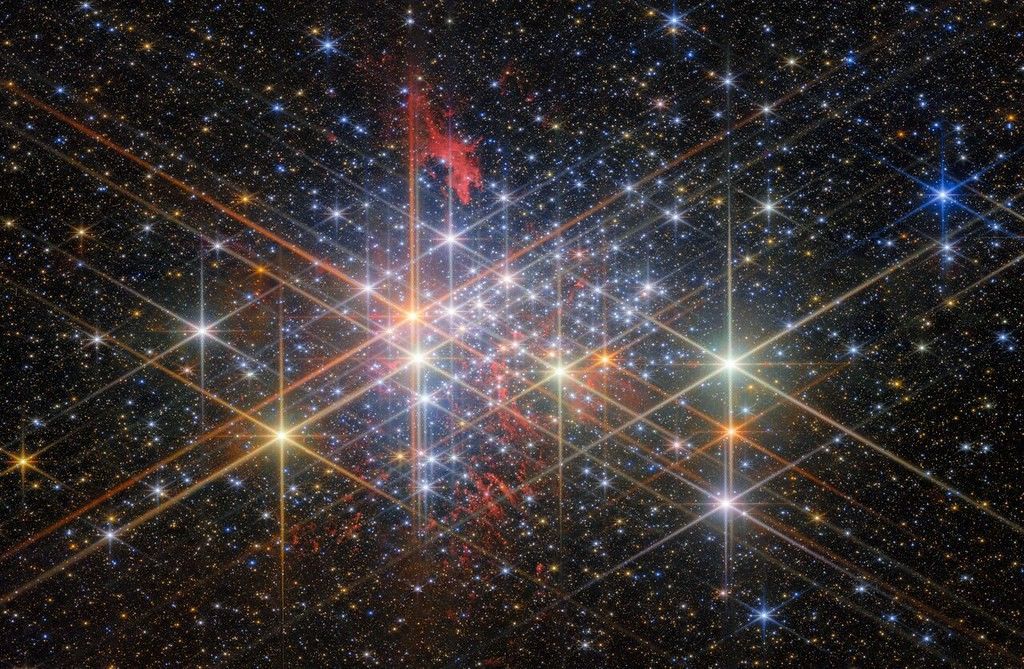
-
05
Formation of stars and planetary systems
Stars form from gravitational collapse of cold molecular gas clouds, and the planetary systems are formed from the rotating gas and dust disk that forms around the new-born star. These processes hold clues to what stars are formed, how planets assemble around the stars, how many Sun-like stars are formed and the composition of planets which determines the potential for habitability. These clues place our Earth within its cosmic context.
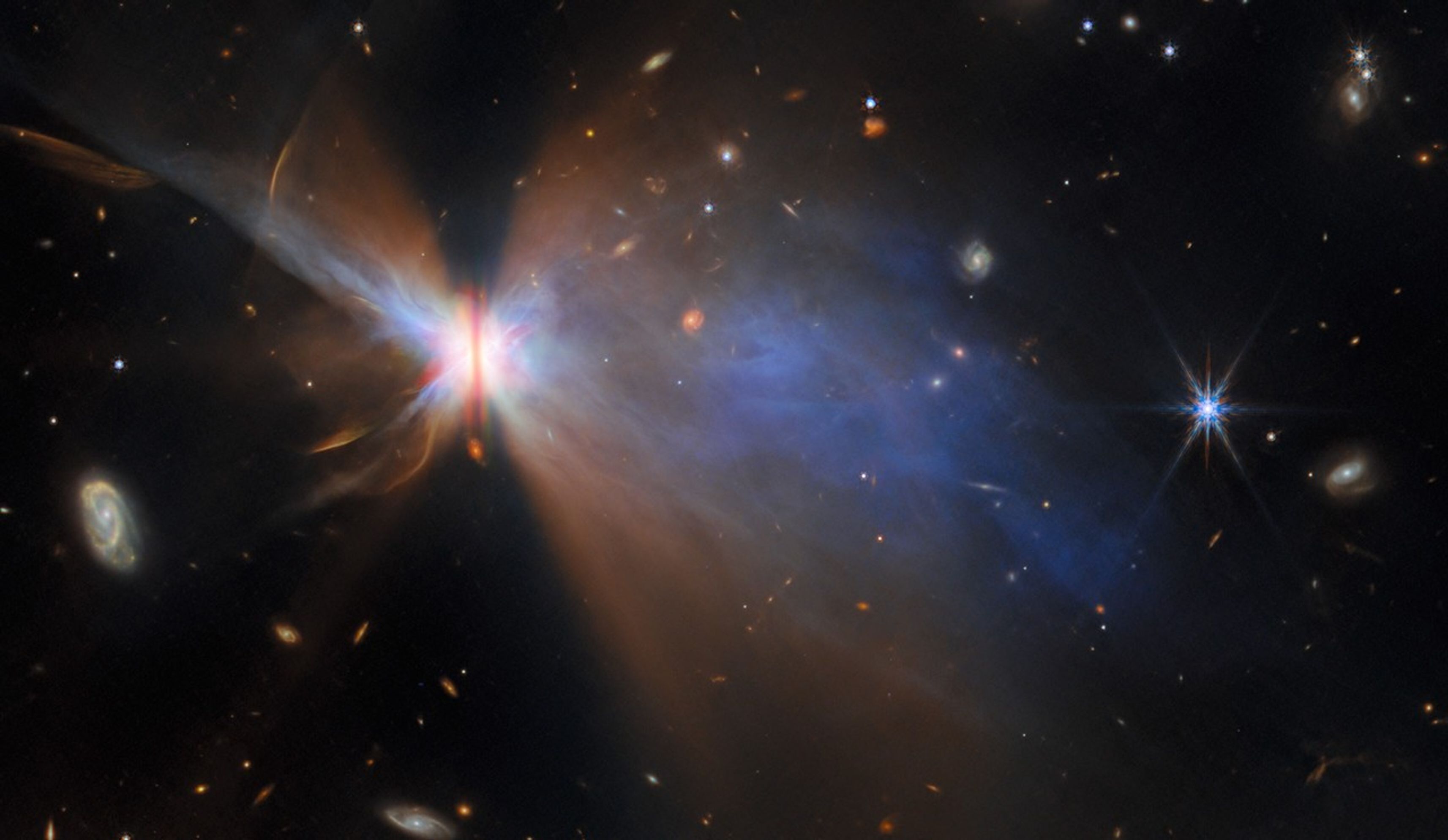
-
06
First stars, galaxies, and reionization
The first stars and galaxies likely formed shortly after the Big Bang. These are the cosmic ancestors of present day galaxies such as our own Milky Way. The formation of first stars and galaxies marks the start of reionization which refers to the transition from a Universe that was mostly neutral gas to one where the gas is mostly ionized. Subsequently the universe became transparent to light. As a result, modern-day telescopes can see all the way back to this early period of formation of stars and galaxies.
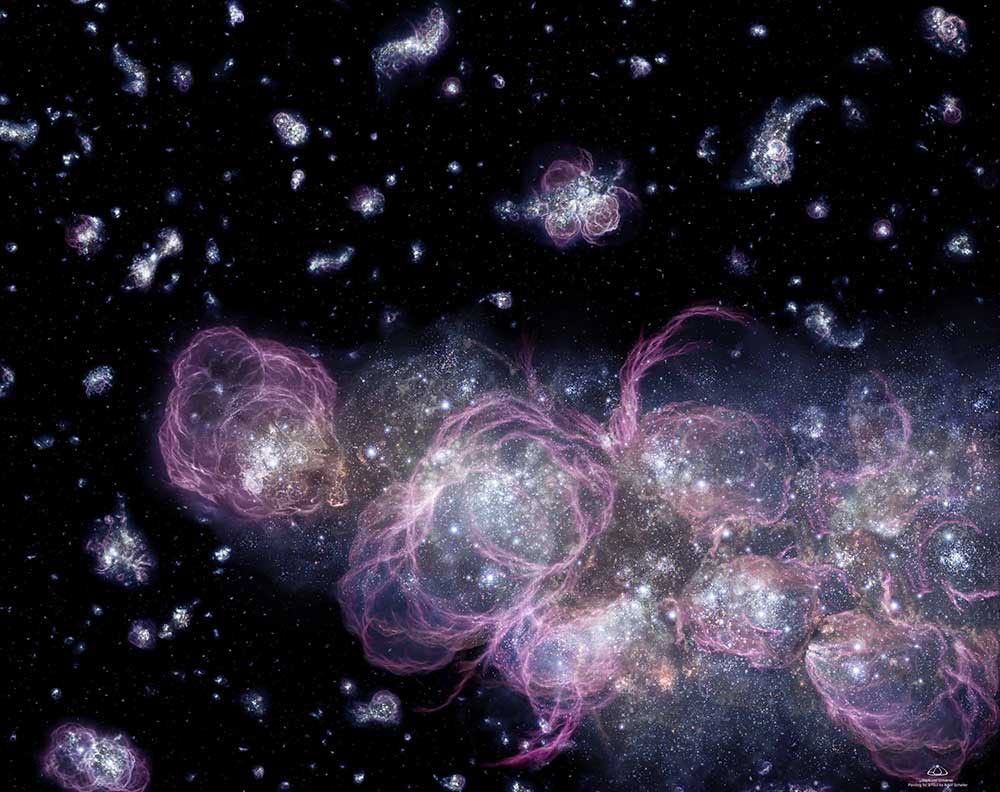
-
07
Technologies that enable Cosmic Origins science
In order to provide a basis for new discoveries, new observational techniques and missions are needed. Astrophysics pioneers the development of new technologies that often have widespread application. Cosmic Origins focuses in particular on infrared, optical and ultraviolet detectors and capabilities. Maintaining and developing the existing multiplicity of observing platforms and new instrumentation are important considerations for the future of infrared and ultraviolet astronomy missions.
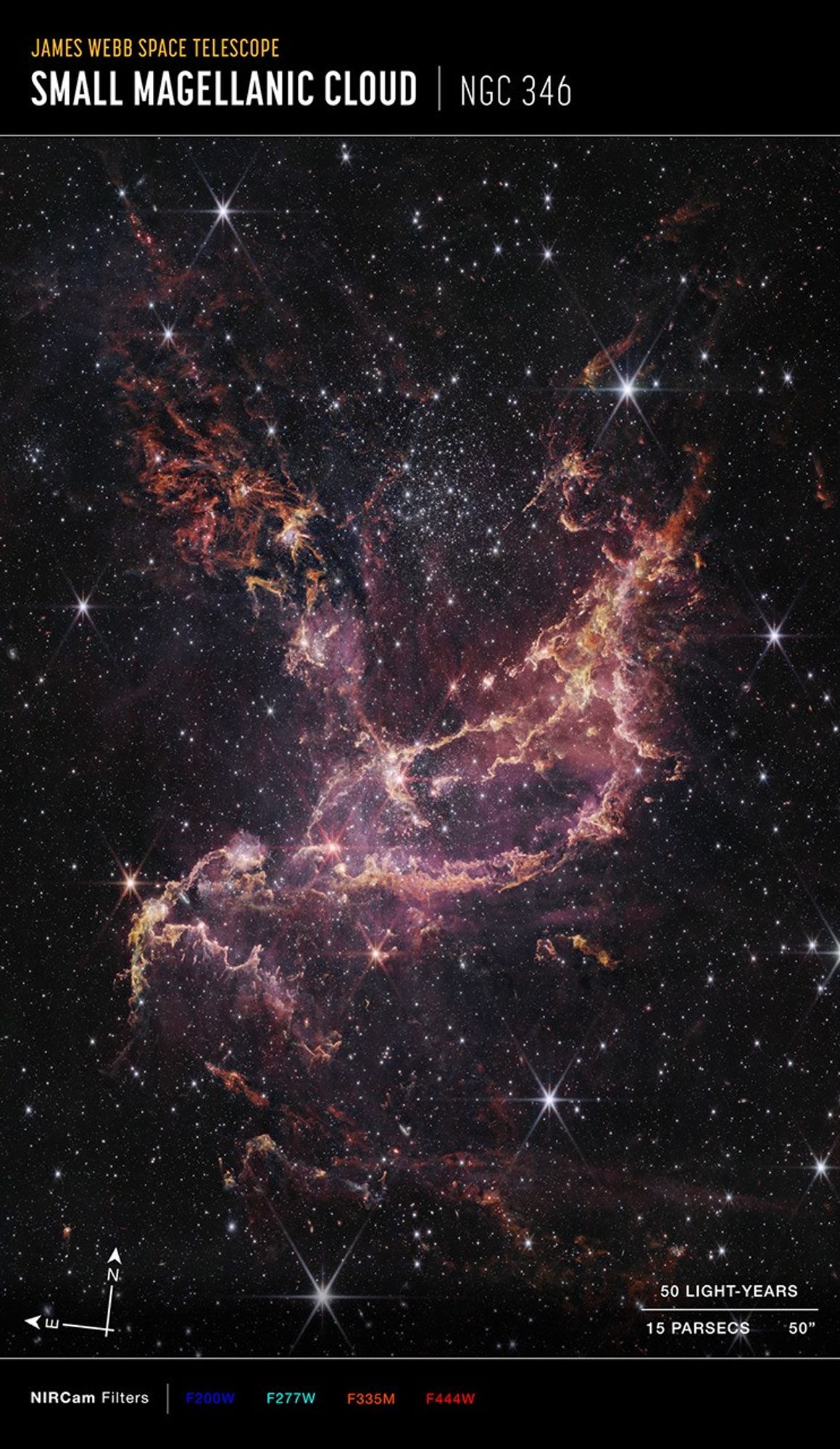
Program Office
| Headquarters |
|---|
| HQ Program Executive: Shahid Habib |
| HQ Program Scientist: Patricia Knezek |
| HQ Deputy Program Scientist: Vacant |
Project Office
The Astrophysics Projects Division (ApPD) at Goddard Space Flight Center explores some of the most fundamental questions regarding the origins, fate, and the physical forces and laws of the universe. ApPD's objective is to ensure the success of pre-formulation activities for current and future astrophysics missions such as the Habitable Worlds Observatory Technology Maturation Project Office, the Advanced Telescope for High-Energy Astrophysics (ATHENA), the Ultraviolet Transient Astronomy Satellite (ULTRASAT), and the Fornax Initiative. ApPD also oversees all space science missions in operations, including flagships such as the Hubble Space Telescope, the James Webb Space Telescope, and all missions currently being operated by the Space Science Mission Operations project.
Technology
The Program Offices serve the critical function of developing concepts and technologies for strategic missions and facilitating science investigations derived from them, specifically:
- Inform the general public about progress achieved by the Programs (see searchable database of Astrophysics technology development projects).
- Assess and prioritize technology gaps, collecting inputs from the community and technology activities.
- Manage projects that mature technologies for strategic missions from initial TRLs of 3, 4, or 5.
- Promote infusion of technologies into missions and projects.
- Conduct mission studies and develop mission concepts to enable future scientific discoveries.
- Communicate progress to and coordinate with the scientific community.
Astrophysics Technology Development
Search the Technology Development Database
This database is updated annually and indexes technology development projects funded by the NASA Astrophysics Division.
The portfolio includes information about the Strategic Astrophysics Technology (SAT), Astrophysics Research and Analysis (APRA), and Nancy Grace Roman Technology Fellowship (RTF) projects, along with other competed and direct-funded technology projects.
Search about Search the Technology Development Database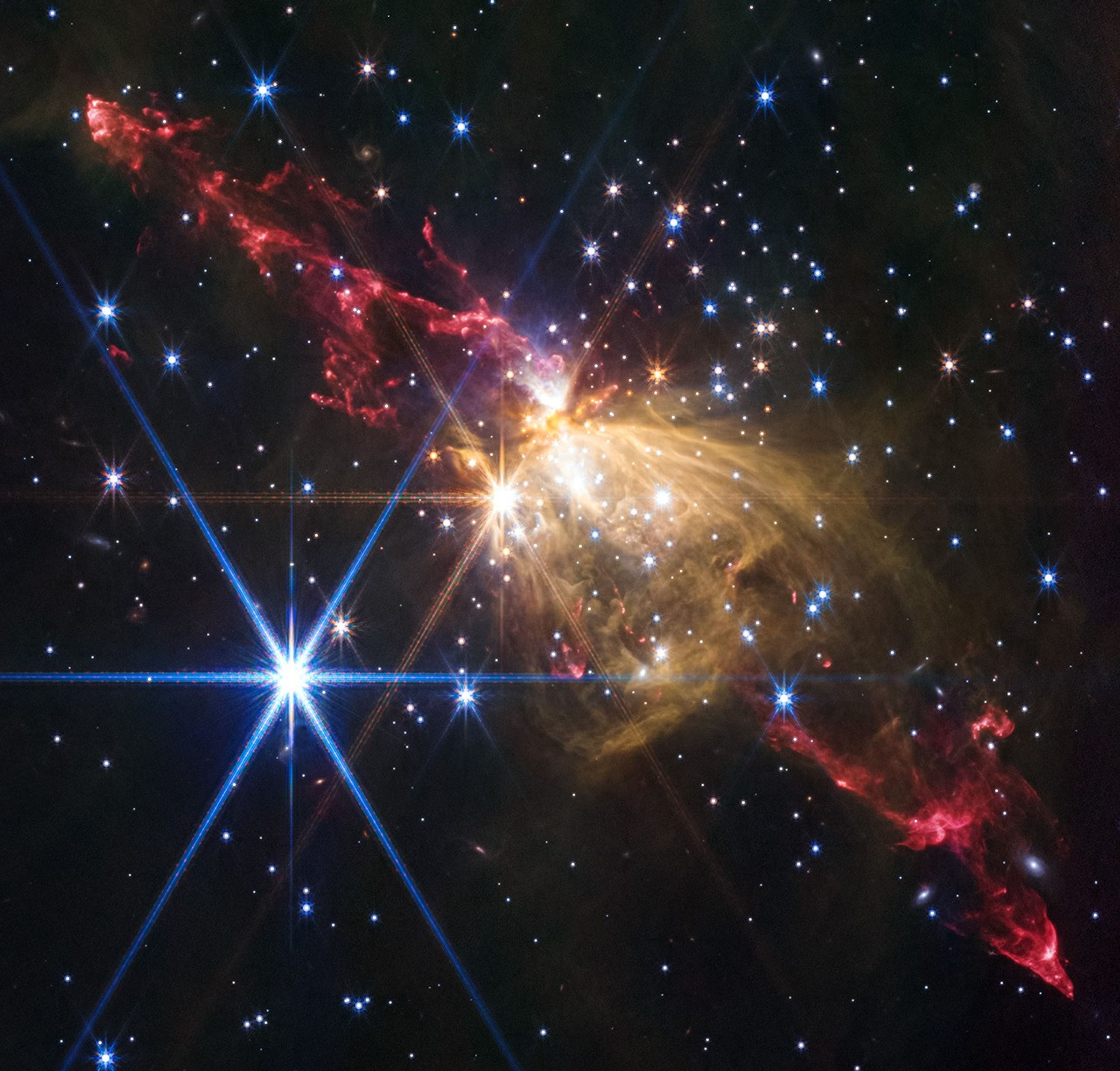
News Straight to Your Inbox
Subscribe to your community email news list
We will never share your email address.






























